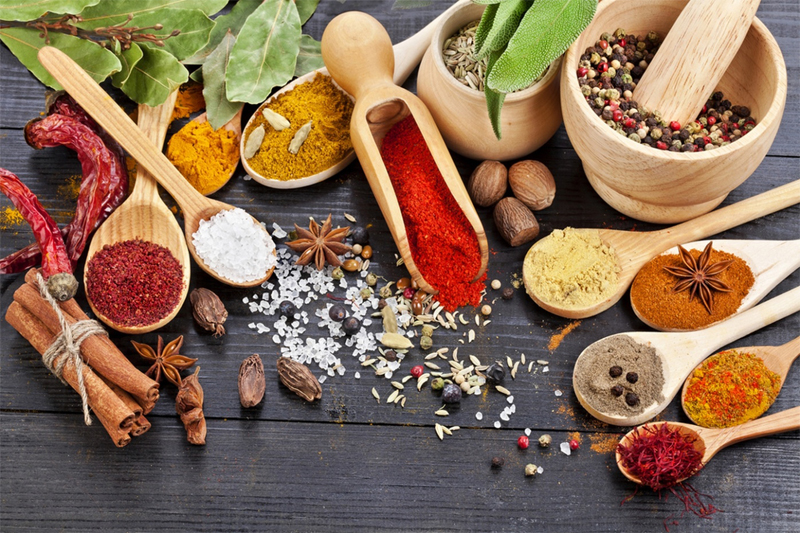#herbs #spices #health
“For centuries herbs and spices have been used to provide medicinal and health benefits to people worldwide; the ancient Egyptians, to the Romans, Greeks and Inca have documented these benefits which hold true to today”— Paul Ebeling
Herbs and spices such as clove, rosemary, sage, oregano, and cinnamon are excellent sources of antioxidants with their high content of phenolic compounds. It is evident that frequent consumption of spicy foods was also linked to a lower risk of death from cancer and ischemic heart and respiratory system diseases.
People ask, Paul, What are the healthiest herbs and spices?
The Big A: There are many, but here are 5 Spices with healthy benefits:
- Cinnamon to Lower Blood Sugar. This popular spice comes from the bark of the cinnamon tree and is used in everything from pumpkin spice lattes to Cincinnati chili.
- Turmeric to Fight Inflammation.
- Ginger to Relieve Nausea.
- Garlic to Boost Heart Health.
- Cayenne to Ease Pain.
The role of spices and herbs in the maintenance of health, specifically with regards to protecting against the development of chronic, noncommunicable diseases, is currently unclear.
However, it is known that their bioactive properties, or the contribution of polyphenols provide true health benefits.
Herbs and spices have been used for both culinary and medicinal purposes for centuries. Over the last decade, research into their role as contributors of dietary polyphenols, known to possess a number of properties associated with reducing the risk of developing chronic non-communicable diseases, has increased.
Bearing in mind how these foods are consumed, normally in small quantities and in combination with other foods, it is unclear what their true benefit is from a health perspective.
The literature I have read discuss how preparative and digestive processes, bioavailability and interactions between foods may influence the bioactive properties of these foods, and whether or not polyphenols are responsible for these properties.
Furthermore, there are challenges that need to be addressed to determine the true benefits of these foods and the mechanisms of action that underpin their efficacy.
In the works of Hippocrates, which range from 459–370 BCE, many medicinal plants were referred to along with their physiological actions. Garlic was used to fight off intestinal parasites, wormwood was used to reduce fevers, henbane and mandrake were used as narcotics, garlic as a diuretic, and pomegranate as an astringent.
Modern studies suggest that garlic, onion, allspice and oregano are the most potent antibacterial and antifungal agents; thyme, cinnamon, cloves and chile peppers are among the next best, while cardamom, black and yellow pepper, ginger, anise and celery seeds are less effective. However, there is lack of uniformity in findings, and this may reflect non-uniformity in source material.
The archive is deep…
Eat healthy, Be healthy, Live lively









